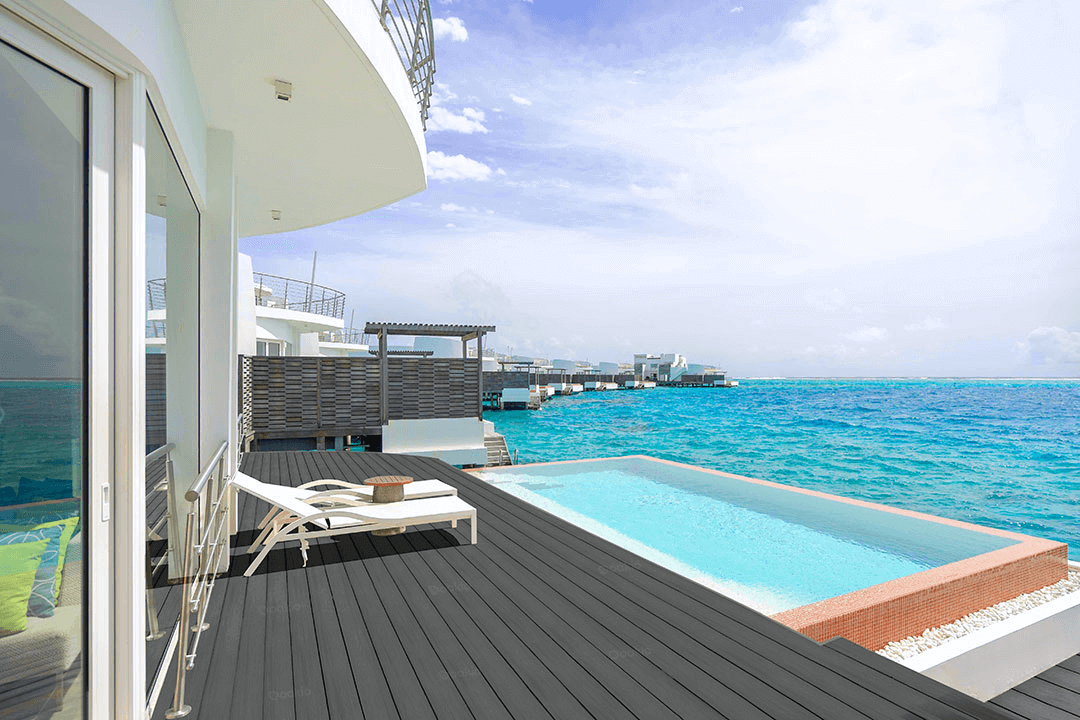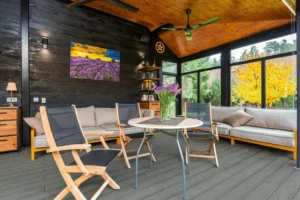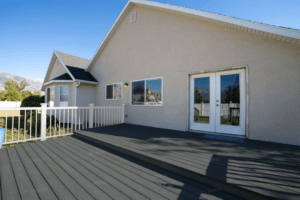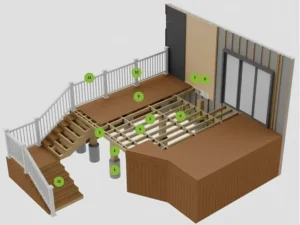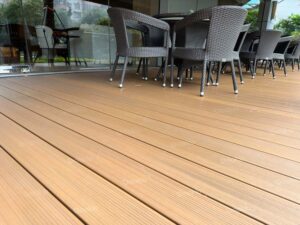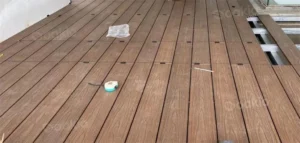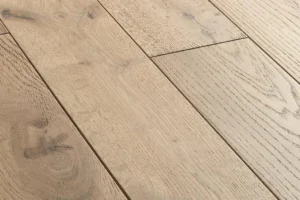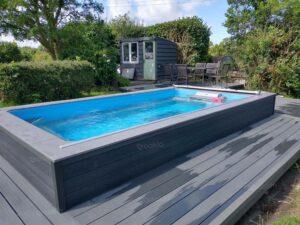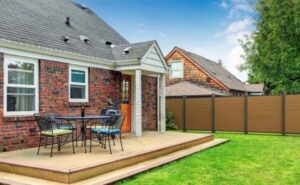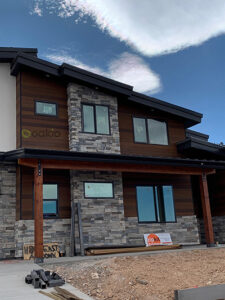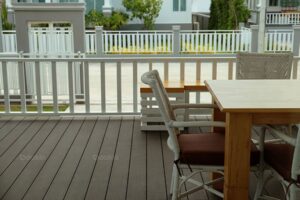Answering 9 Questions You Might Have about Building a Roof Deck
A roof deck is an outdoor platform built on a flat or slightly sloped roof, offering a smart way to expand your living space. It’s perfect for relaxing, entertaining, or simply enjoying a view, especially when you don’t have much space on the ground. Aside from creating a unique leisure area, this can boost your property’s value and appeal. With access to open sky, natural light, and fresh air, it brings everyday living to a new level.
Still, you would need more information before building, from structural requirements to waterproofing. This guide answers the top nine questions to help you get started.
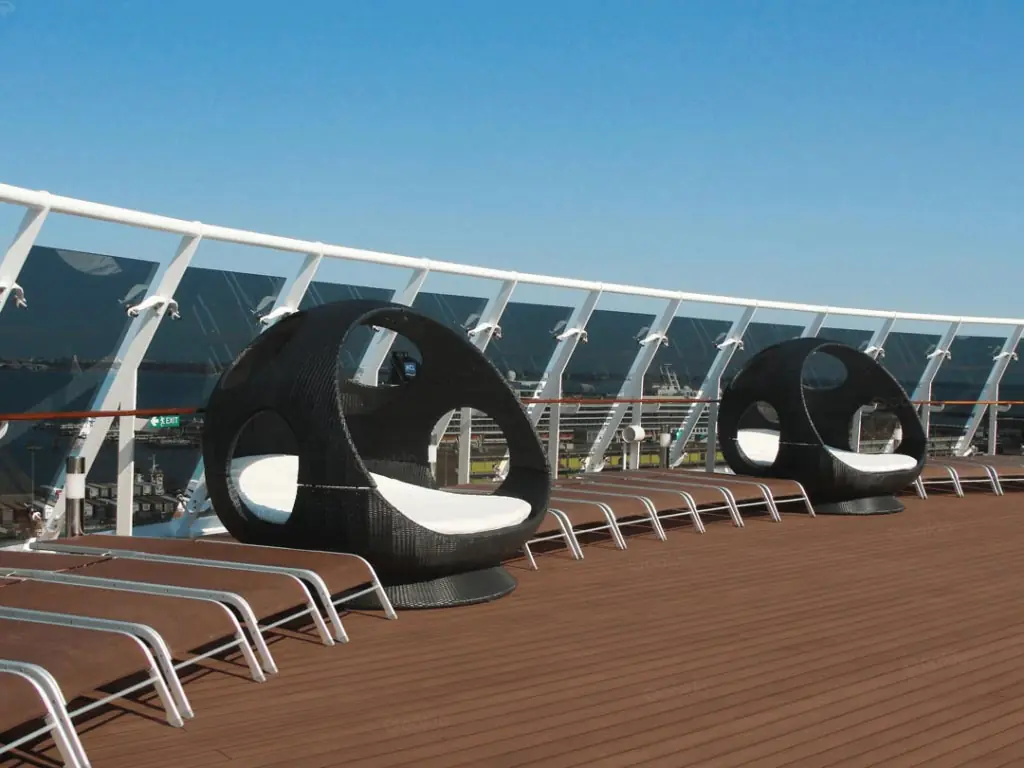
Common Questions About Building a Roof Deck
Q1: What materials are best?
WPC, or Wood-Plastic Composite, is easily the best choice because of its durability, low maintenance, and environmental benefits. Compared to traditional wood, WPC doesn’t warp, splinter, or require frequent staining. Its long-lasting performance and sleek appearance make it a favorite among professionals and homeowners alike.
Other options, such as natural wood or metal decking, are available, but they often demand more upkeep or are more susceptible to weathering. Choosing WPC ensures peace of mind and a clean, contemporary finish.
Q2: What is Wood Plastic Composite (WPC)?
WPC is a blend of recycled hardwood fibers, recycled plastic (usually polyethylene), and bonding agents. This combination creates a robust, high-performing material ideal for outdoor use. Because of its unique makeup, WPC resists moisture, heat, and wear better than natural wood. It also maintains its shape and appearance over time, even when exposed to harsh weather. This makes WPC a practical and attractive choice for those looking for long-term value.
H3: Q3: Is WPC environmentally friendly?
Absolutely. WPC is made from nearly 100% recycled content and is 100% recyclable. If a WPC deck panel gets damaged or is no longer needed, it can be melted down and repurposed into new products. This helps reduce timber consumption and minimizes the carbon footprint associated with construction. No harmful paints, toxic sealers, or volatile organic compounds (VOCs) are used in its production, making it safe for both people and the environment.
Q4: How do I properly build a deck on a flat or slightly sloped roof?
If you’re asking, “Can I build a deck on my flat roof?” the answer is yes, with careful planning. A successful build starts with excellent waterproofing. Beneath the decking, drainage layers and protective membranes must be installed to prevent water buildup or leaks. Pedestals or adjustable supports help create airflow under the deck and protect the roof surface. When using WPC, follow the manufacturer’s joist spacing guidelines, typically between 300 and 400 mm, to ensure the deck is stable and safe.
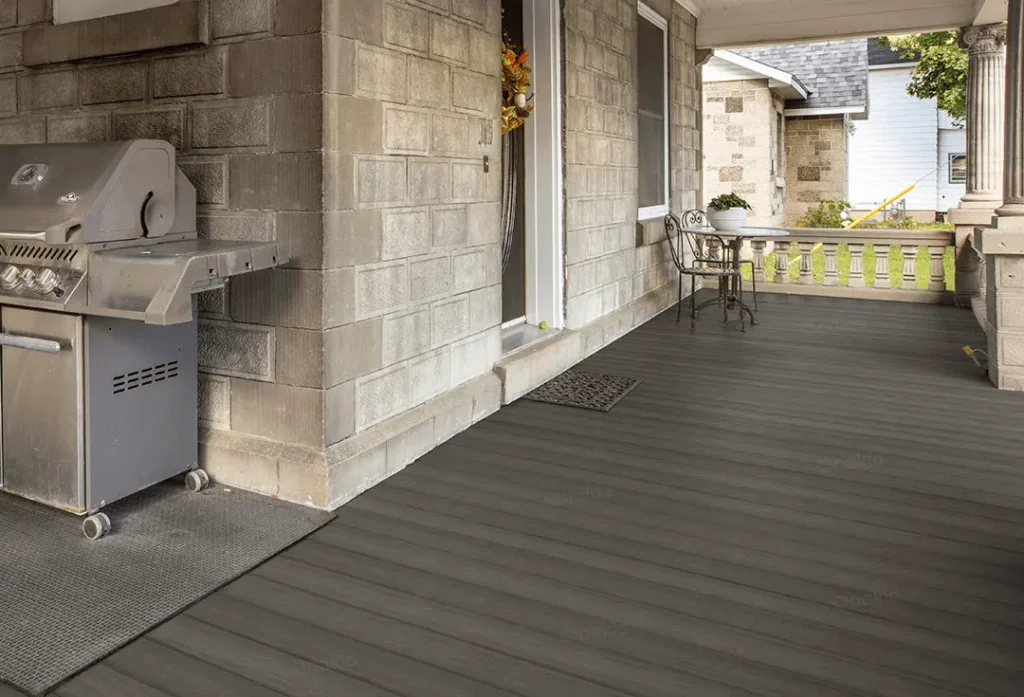
Q5: How do I install WPC decking on a roof deck?
WPC is relatively easy to work with and installs much like wood. You can cut, drill, and fasten WPC using standard woodworking tools. Choose from a range of clips and screws: plastic, aluminum, or stainless steel, depending on your preferences and budget. Remember to leave small expansion gaps between planks to accommodate temperature changes. These small details go a long way in maintaining the deck’s appearance and structural integrity over time.
Q6: How durable is WPC?
WPC is engineered to withstand the challenges of outdoor environments. It’s naturally resistant to mold, rot, splintering, and pests, which are common problems in timber decking. WPC also has low water absorption, typically around 1%, which helps prevent wet rot and other moisture-related issues. If you have concerns similar to “How long does WPC decking last?”, it typically depends on various factors such as the quality of the material, environmental conditions, and proper installation and maintenance. Many suppliers back their products with warranties that last 15 to 25 years, providing long-term security for your investment.
Q7: How does WPC perform in different weather conditions?
WPC performs well across various climates. It is UV-resistant, which means it fades slowly and evenly under sunlight. In rainy or humid conditions, its slip-resistant surface adds safety. Thanks to its moisture resistance and solid build, it won’t warp or decay. Best of all, WPC requires only simple cleaning with mild soap and water. No repainting or resealing is required throughout its lifespan.
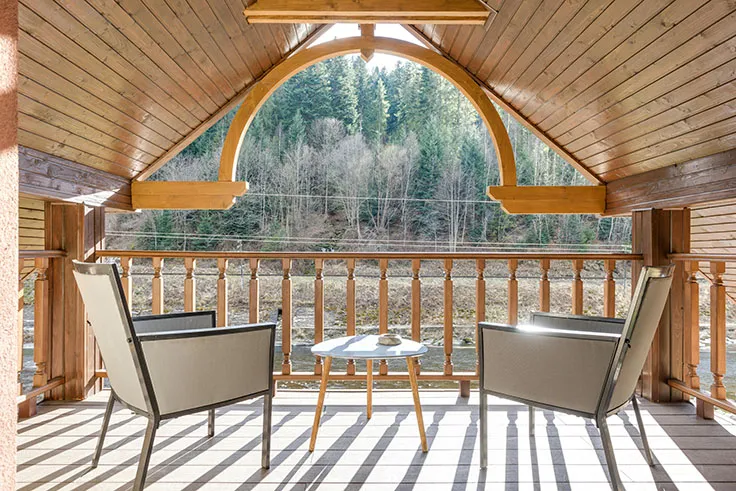
What about the cost of building a rooftop deck with WPC?
A common question is, “How much does a roof deck cost to build?” The answer depends on factors like size, design, materials, and labor. WPC is more affordable than premium hardwoods like cedar but slightly more expensive than pressure-treated lumber. However, the low maintenance costs and long service life make WPC a smart investment in the long run. With WPC, you’re not just saving time, you’re also saving money on repairs, refinishing, and replacements.
Q9: Can leftover WPC decking be reused?
Yes, and that’s one of WPC’s many advantages. Extra planks don’t have to go to waste. Thanks to its strength and weather resistance, leftover WPC decking can be turned into stylish outdoor furniture, planter boxes, or pathways. This makes it a sustainable option not just during installation, but also long after the main construction is complete. Reusing materials is an easy way to extend value while minimizing waste.
Conclusion
There’s no doubt that building a roof deck is a smart and rewarding investment. It transforms unused roof space into a vibrant outdoor area and adds long-term value to your home. Just make sure waterproofing and drainage are carefully planned from the start.
WPC decking ensures that your build remains durable, attractive, and low-maintenance for years to come. Its eco-friendly properties and resistance to wear make it a practical choice for both homeowners and builders.
For more guidance on WPC construction or to explore a wide range of WPC products, it’s best to consult professionals like Oakio. Their expertise can help you bring your vision to life with confidence and peace of mind.
Trending Reading
What Are the Differences Between the WPC Board and PVC Board?
[2025 Update] How Long Does WPC Decking Last?
